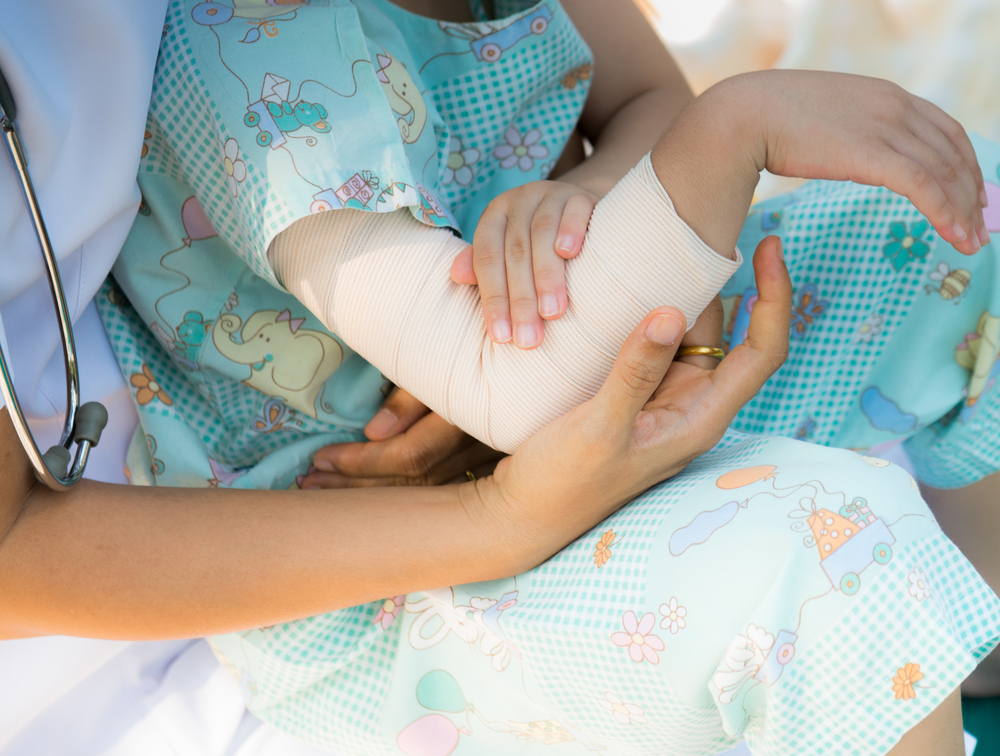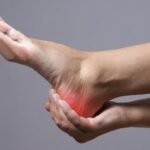
Pediatric fractures are a common occurrence among children, with bone fractures being one of the most common injuries in this age group. Children are more susceptible to fractures due to their active lifestyle and developing bones. In this blog, we will cover the types, causes and symptoms of pediatric fractures, as well as how fractures differ between two age groups. We will also discuss fracture treatment and the importance of seeking prompt medical attention.
Types of Pediatric Fractures:
Pediatric fractures are a common occurrence in children, as they are more active and prone to accidents and falls. A fracture is a break or crack in a bone and can occur in any bone in the body. The severity of a fracture can varies depending on the type of fracture and the location of the injury.
The most common types of pediatric fractures are.
- Greenstick fractures are partial fractures of the bone and are most common in the forearm. They occur when one side of the bone is bent, but the other side is only partially broken.
- Buckle fractures, also known as torus fractures, are compression fractures where the bone becomes compressed on one side. They are common in the wrist and occur when the bone is compressed due to impact or stress.
- Transverse fractures occur when the bone is broken in a straight line across the bone. These fractures can occur in any bone in the body.
- Spiral fractures occur when the bone twists around itself, often seen in the shin. They can be caused by a twisting motion or by a sudden impact.
- Oblique fractures occur when the bone is broken diagonally across the bone. These fractures can occur in any bone in the body.
- Growth plate fractures are a type of fracture that occurs around a developing bone. They are common in children and can occur in any bone in the body. Growth plates are responsible for the growth and development of bones in children and are susceptible to injury until they turn into bone tissue.
Signs and Symptoms of Pediatric Fractures:
The signs and symptoms of pediatric fractures can vary depending on the location and severity of the fracture. Some common symptoms of pediatric fractures include:
- The fracture site may be painful.
- Swelling and bruising.
- Difficulty using the affected limb.
- Deformity of the affected area.
- Limited range of motion.
Fractures Between Two Age Groups:
Fractures can occur in both children and adults, but there are differences between the types of fractures that are more common in each age group.
In children, bones are still developing and are more flexible than adult bones. As a result, children are more likely to experience certain types of fractures that are less common in adults, such as greenstick fractures and growth plate fractures. Children’s bones are also more resilient and able to heal more quickly than adult bones.
In contrast, adults are more likely to experience fractures related to osteoporosis, a condition that weakens bones and makes them more susceptible to fracture. Common types of fractures in adults include hip fractures, wrist fractures and vertebral fractures. These types of fractures can be more serious in adults, as the healing process can be slower and more complicated.
Summary of Pediatric Fractures:
Pediatric Fractures are a common occurrence in children due to their active lifestyle and developing bones. Understanding the types, causes and symptoms of fractures can help parents identify and seek prompt medical attention for their child. The most common types of pediatric fractures include greenstick fractures, buckle fractures, transverse fractures, spiral fractures, oblique fractures and growth plate fractures. It is important to note that fractures can differ between children and adults due to differences in bone development and bone density. While children’s bones are more resilient and heal more quickly, adults may experience more serious fractures due to conditions such as osteoporosis. Seeking timely medical attention for fractures can help promote proper healing and prevent complications.
For more information on pediatric fractures and orthopedic care, visit https://www.drashishsuryawanshi.com/. Dr. Ashish Suryawanshi is an experienced orthopedic surgeon with a special interest in pediatric orthopedics. He provides comprehensive orthopedic care to children and adults, utilizing the latest techniques and technology to achieve optimal outcomes.




